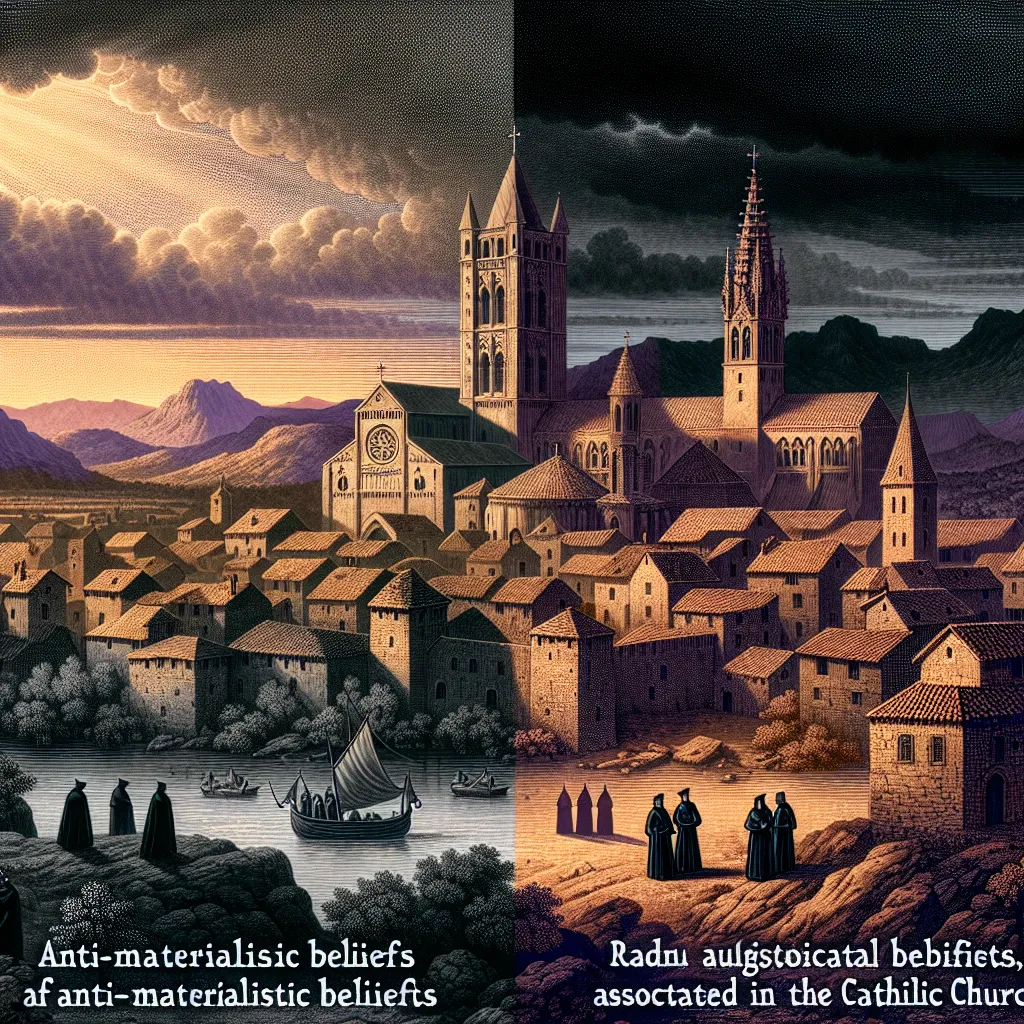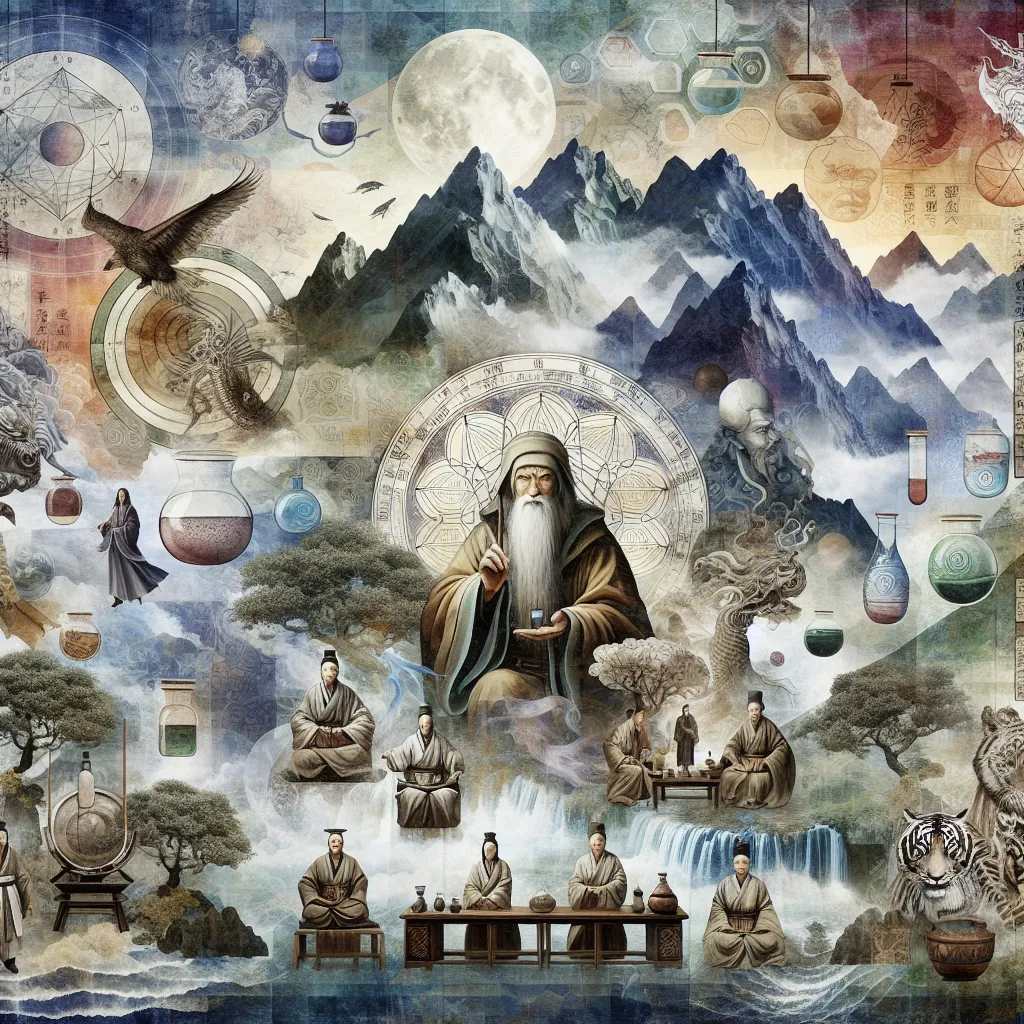Let’s take a stroll back to medieval Europe, a time marked by intellectual strides and, unfortunately, violent clashes. Among the most infamous conflicts are the Crusades. These religious wars primarily targeted reclaiming lands captured by Muslims, especially Jerusalem. Yet, an equally significant conflict erupted within European Christendom—the Albigensian Crusade.
The Albigensian Crusade wasn’t about distant holy lands but focused on quelling a perceived threat within Europe itself. The Catholic Church launched this campaign to root out what they called heresy, particularly a group in southern France and northern Italy known as the Cathars. According to Catholic chroniclers, the Cathars held beliefs starkly different from mainstream Catholic doctrines, sometimes completely opposite. Some scholars suggest their ideas were influenced by ancient movements like the Gnostics and Manichaeans.
This period in medieval Europe was a whirlwind of activity. While the Catholic Church was tightening its grip on political and religious life, it was also a time of great intellectual fervor. Despite the church’s authority, various religious movements emerged, with the Cathars among the most intriguing and threatening to Catholic power.
The Cathars, who flourished from the 12th to the 14th century, especially in the Languedoc region of southern France, preached strict dualism and anti-materialism. They viewed the physical world as evil, created by Satan, in contrast to a spiritual realm crafted by a good God. Their radical beliefs led the Catholic Church to label them as dangerous heretics deserving total eradication.
Understanding the Cathars is tricky because most records come from their enemies—the Catholic Church and crusaders. These biased sources paint the Cathars as highly critical of Catholic practices and doctrines, seeing them as misguided or even satanic. The Cathars viewed material existence negatively, considering the physical world a corrupt prison from which souls must escape.
The origins of Catharism spark debate among historians. Some link their doctrines to ancient dualistic groups like the Gnostics and Manichaeans, suggesting a continuous tradition. However, others see the Cathars’ movement as unique to medieval Europe, though it might have been influenced by the Bogomils, a similar earlier movement in Eastern Europe.
The Cathars had fascinating and shocking beliefs compared to mainstream Christianity. They considered the Old Testament, with its wrathful God, a description of Satan, not the good God of the New Testament. Their interpretation of Christian doctrines was unique, denying the physical nature of Jesus and key Catholic rituals like the Eucharist and water baptism, which they saw as corrupt.
Life for adherents varied depending on their role within the Cathar community. They practiced chastity, abstained from certain foods, and engaged in rigorous fasting. Their core ritual was the consolamentum, a spiritual initiation vividly different from Catholic baptism, symbolizing purity and rejection of the material world.
The Catholic Church’s efforts to suppress the Cathars culminated in the Albigensian Crusade, a brutal campaign starting in 1209. This crusade led to widespread violence, with many Cathar supporters and civilians killed, often without discrimination. The church continued its crackdown through inquisitors, systematically dismantling Cathar infrastructure and support.
By the mid-14th century, the Cathars had all but vanished, their movement crushed by relentless persecution. Yet, intriguingly, some modern scholars argue that the concept of a unified Cathar church might be more myth than reality, a construct by their Catholic opponents.
Despite this historical complexity, the legacy of the Cathars endures, sparking interest and even modern communities that identify with their doctrines. Exploring the Cathars, whether as a real movement or a historical specter, reveals the rich, diverse tapestry of medieval European history, where religious traditions were far more vibrant and varied than monolithic views of the past suggest.






